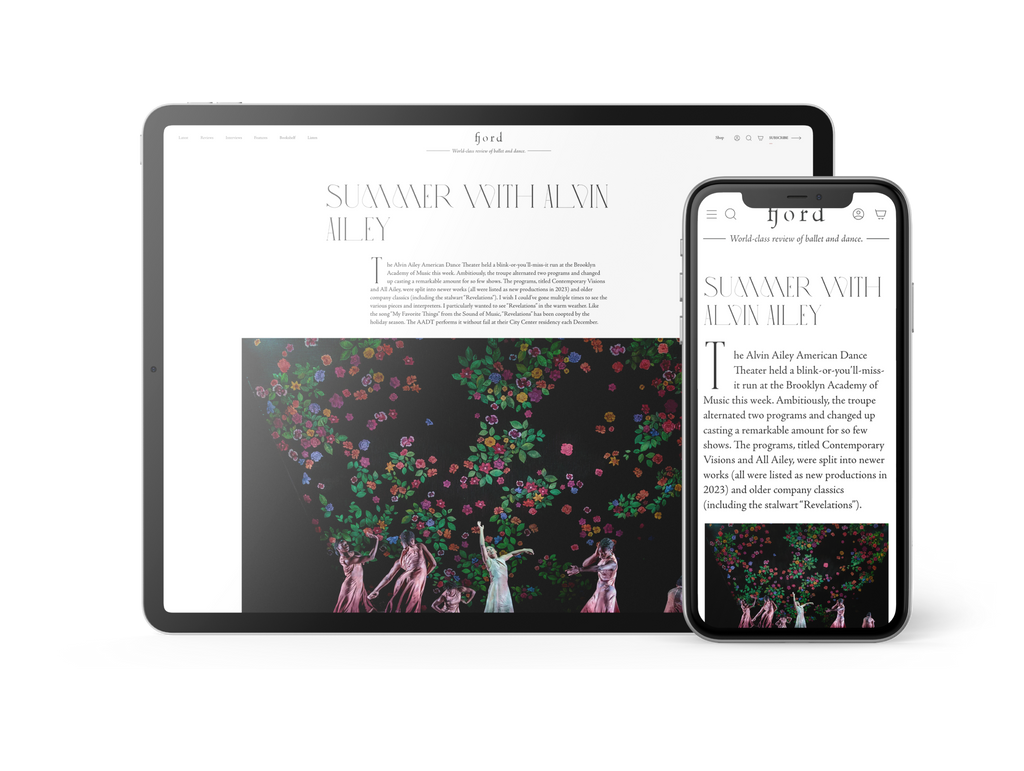In Contrasting Light
The “Contrastes” evening is one of the Paris Opéra Ballet’s increasingly frequent ventures into non-classical choreographic territory.
Continue Reading
World-class review of ballet and dance.
Many will know Ethan Watts as a dancer with the National Ballet of Canada, but few may know he is a keen photographer. Watts joined us on the set of our upcoming video for Fjord Review #2 at the invitation of Karolina Kuras, to capture the action and ambience of the shoot. Watts photographs exclusively with film. His pictures show not only a trained dancer's eye, but a clear instinct for catching the moment.

Ethan Watts. Photograph by Karolina Kuras for Skylar Campbell Dance Collective


“Uncommonly intelligent, substantial coverage.”
Your weekly source for world-class dance reviews, interviews, articles, and more.
Already a paid subscriber? Login
The “Contrastes” evening is one of the Paris Opéra Ballet’s increasingly frequent ventures into non-classical choreographic territory.
Continue ReadingI’m in the audience of the Pit to watch Kaori Ito’s solo performance, “Robot, l'amour éternel.” It’s in the blackbox performing space at the New National Theatre Tokyo, intimate and close. The stage is an open, raised platform, gauzy white fabric covering the floor.
Continue ReadingArchitects often use scale, along with other design principles such as light, rhythm, and form, to subtly guide a person's eye and body through a space—to take the gaze at street level to the highest point of a building, or to the horizon and beyond.
Continue ReadingAn enchanted forest, a love gone wrong, and a swarm of women in long white tutus—when a formula works, it really works. Such is the case of “La Sylphide,” the nearly 200-year-old Romantic ballet which first premiered in 1832.
Continue Reading
comments